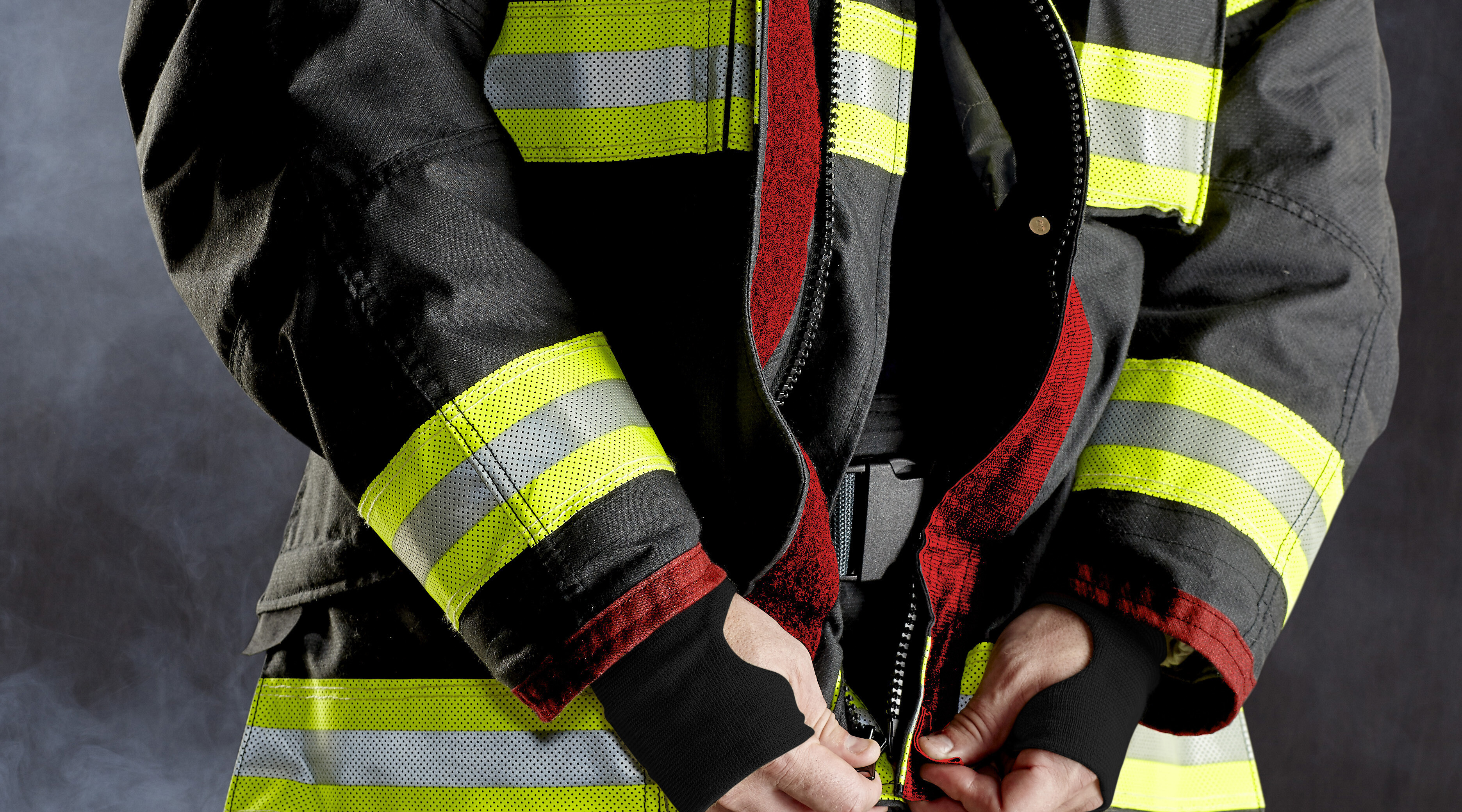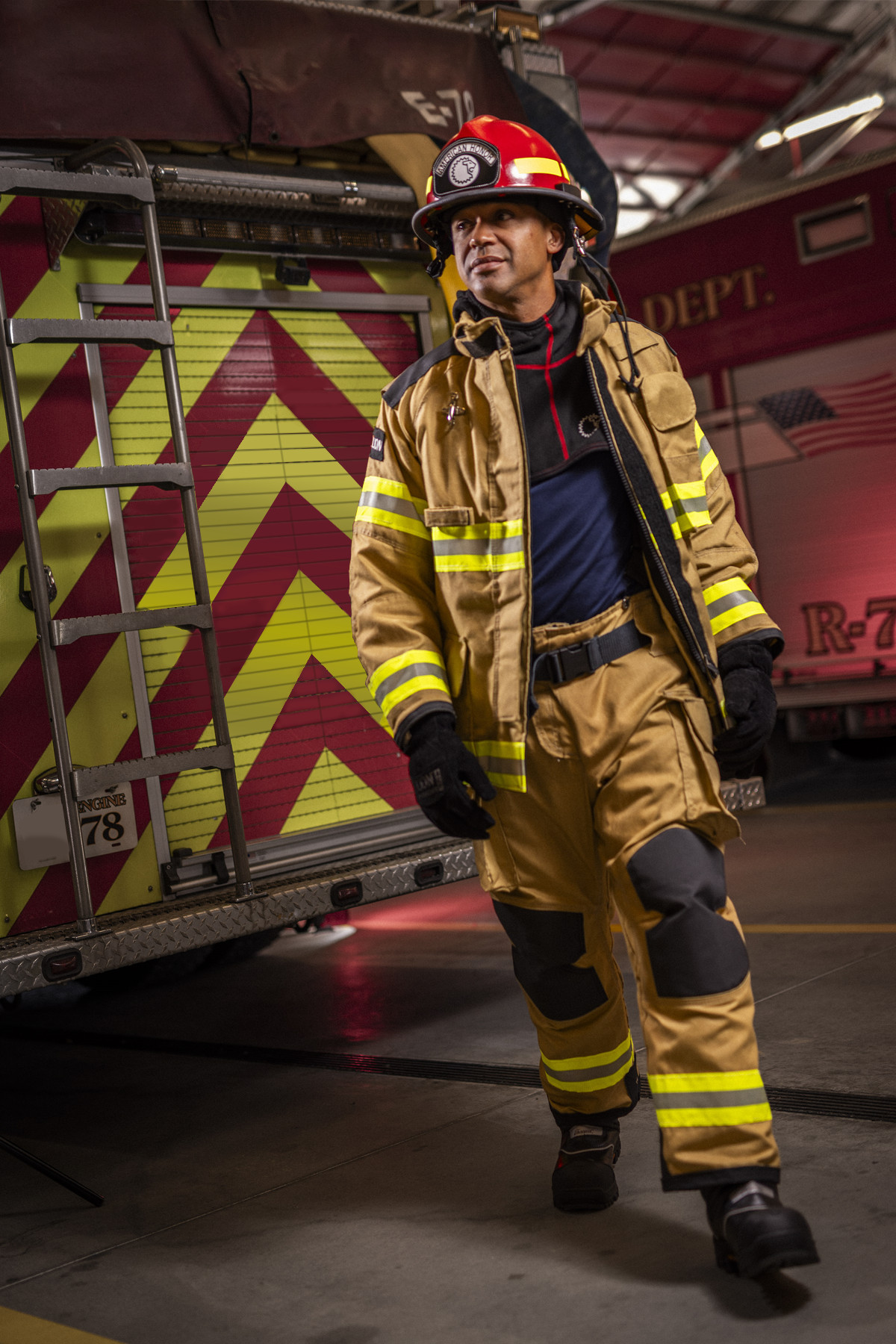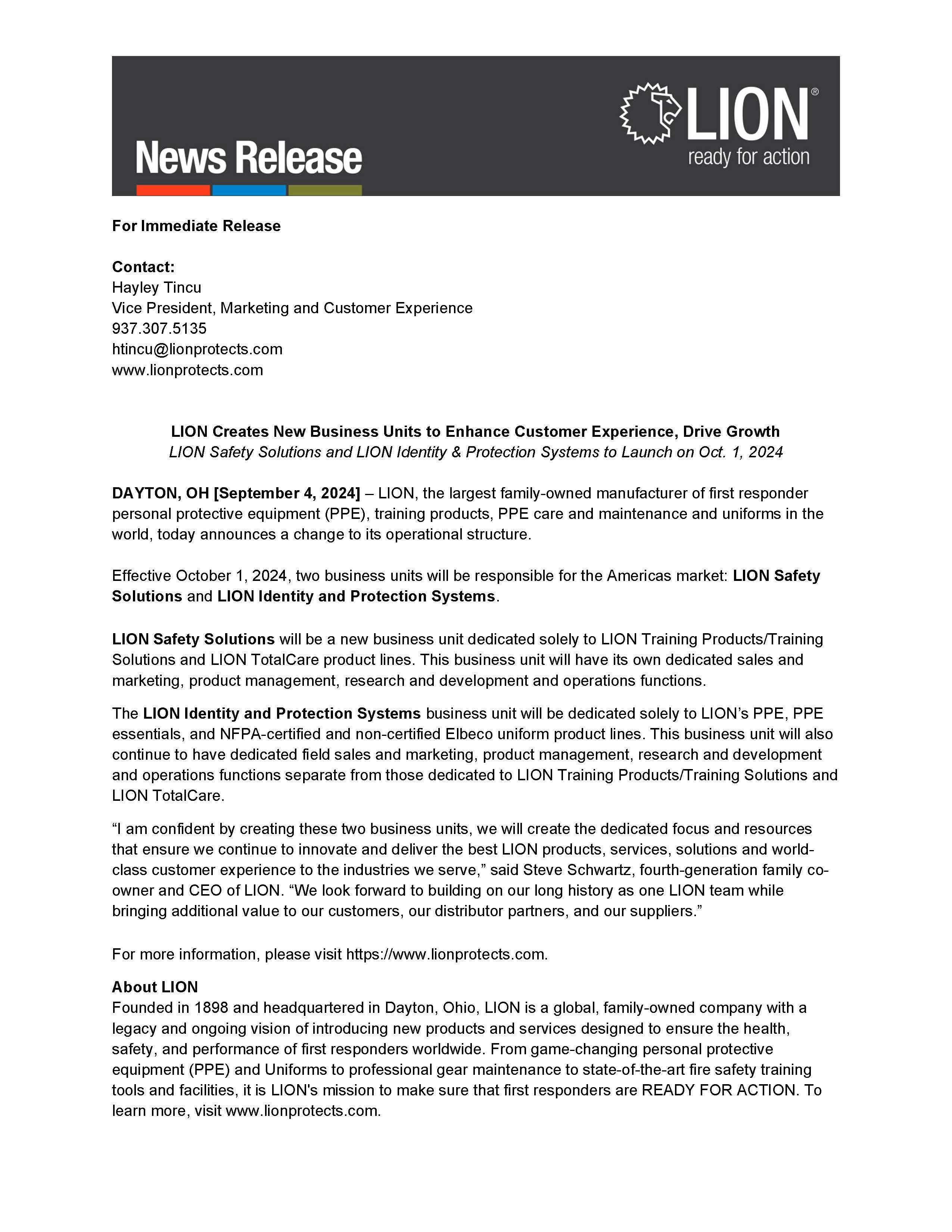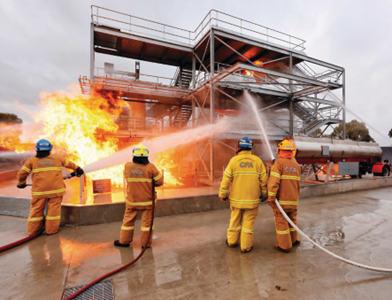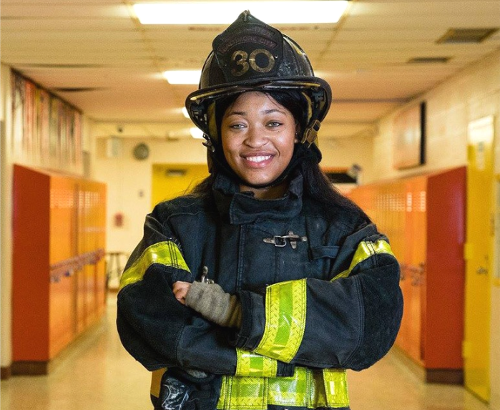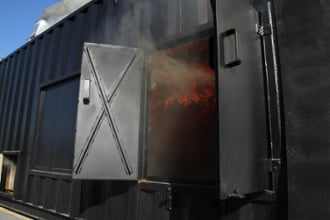Welcome to the Third installment of our blog series on the critical safety standards and innovative practices recommended for training facilities across Central and South America
May 22, 2024 | Ray Pérez-Pearson, Sr. Director, Marketing – International Markets
Safety is the cornerstone of effective firefighter training, a theme that is the focus of the third entry in our blog series. To read our first two blogs in the series visit- Part 1 and Part 2. In the demanding and often hazardous world of firefighting, the training ground is not just a place for learning but also for ensuring the well-being of trainees. This post discusses the critical safety standards and innovative practices recommended for training facilities across Central and South America. We will explore how these measures not only comply with but exceed existing safety protocols, safeguarding the heroes who dedicate themselves to protecting our communities.
Safety: Prioritizing the Well-being of Our People
Reducing Short-Term Risks: Implementing measures to reduce burn risks and injuries, especially for those still acquiring their skills, is imperative. Many training facility solutions available today are designed to meet the standards set by the National Fire Protection Association (NFPA). The NFPA provides guidelines that ensure firefighting training facilities include the necessary safety measures and operational proficiencies to adequately prepare firefighters for the complexities of their roles.
When selecting training solutions, it is crucial to advocate for options that not only meet these standards but also exceed minimum requirements. Opting for facility solutions that go beyond the NFPA’s basic requirements—such as incorporating redundant safety measures like multiple levels of temperature sensing, backup gas leak detection, and automated emergency protocols ensure a higher level of safety and preparedness. These comprehensive solutions equip instructors not just to effectively teach their intended scenarios but also offer piece of mind that the safety network is actively monitoring and alerting to any potentially hazardous conditions.

Addressing Long-Term Health Risks: When planning for a new facility, it is easy to concentrate primarily on mitigating Immediate Danger to Life or Health (IDLH) risks; however, it is equally important to address Eventually Dangerous to Life or Health (EDLH) risks to ensure comprehensive safety. A significant aspect of modern firefighting training involves mitigating exposure to harmful particulates and smoke, which are present during both actual fire emergencies and training exercises. These particulates can lead to serious respiratory issues and an increased risk of cancer, concerns substantiated by numerous health studies targeting firefighter populations.
To mitigate these risks, it is essential to limit live fire training using class A materials—commonly consisting of wood, paper, and cloth— to scenarios where such training is indispensable for achieving specific educational objectives. Instead, substituting digital fire technologies and class B fire solutions, which use materials like propane that produce fewer harmful particulates, can significantly minimize health risks associated with smoke exposure. While class A training remains a crucial component of comprehensive firefighting education, emphasizing its use judiciously ensures that it complements rather than dominates the overarching training regimen.
Advanced ventilation systems and water-based training smokes represent pivotal innovations in reducing health risks for firefighters during training sessions. Modern ventilation systems designed to rapidly exchange the air within burn rooms multiple times per minute can drastically decrease the concentration of hazardous smoke particulates. This technology ensures that the air firefighters are exposed to during training is relatively cleaner, reducing their contact with harmful substances. Similarly, water-based training smokes, which are used to simulate the visual and behavioral properties of smoke without the toxic byproducts of combustion, offer a safer alternative to traditional smoke generation methods. These smokes provide realistic training scenarios while minimizing exposure to carcinogenic compounds typically associated with combustion.
When planning firefighter training sessions, it is essential to ask, "Is a fire needed to achieve the intended objective?" to ensure that the use of live fire is both necessary and beneficial for the training goals. Adopting a balanced approach that aligns training objectives with the specific fire needs creates a safer training environment, protecting firefighters from IDLH and EDLH risks associated with training.

As we conclude this second installment of our blog series on building advanced firefighter training facilities in Latin America, we recognize the transformative impact of technological advancements in refining training protocols. The integration of digital simulations along with live-fire props not only brings a new dimension of realism and safety to training exercises but also tailors them to meet the specific environmental and cultural landscapes of the region. These tools empower training facilities to more effectively prepare firefighters for the evolving challenges they face, ensuring they are both skilled and adaptable.
We warmly invite you to join us for the third and fourth installments of our series, where we will explore critical aspects of firefighter safety and share strategies for maximizing investments in training infrastructure. Your continued engagement is vital as we delve deeper into these topics, aiming to equip our brave firefighters with the best tools and knowledge to serve and protect. Stay tuned for more insights in our upcoming blogs!
Popular posts
